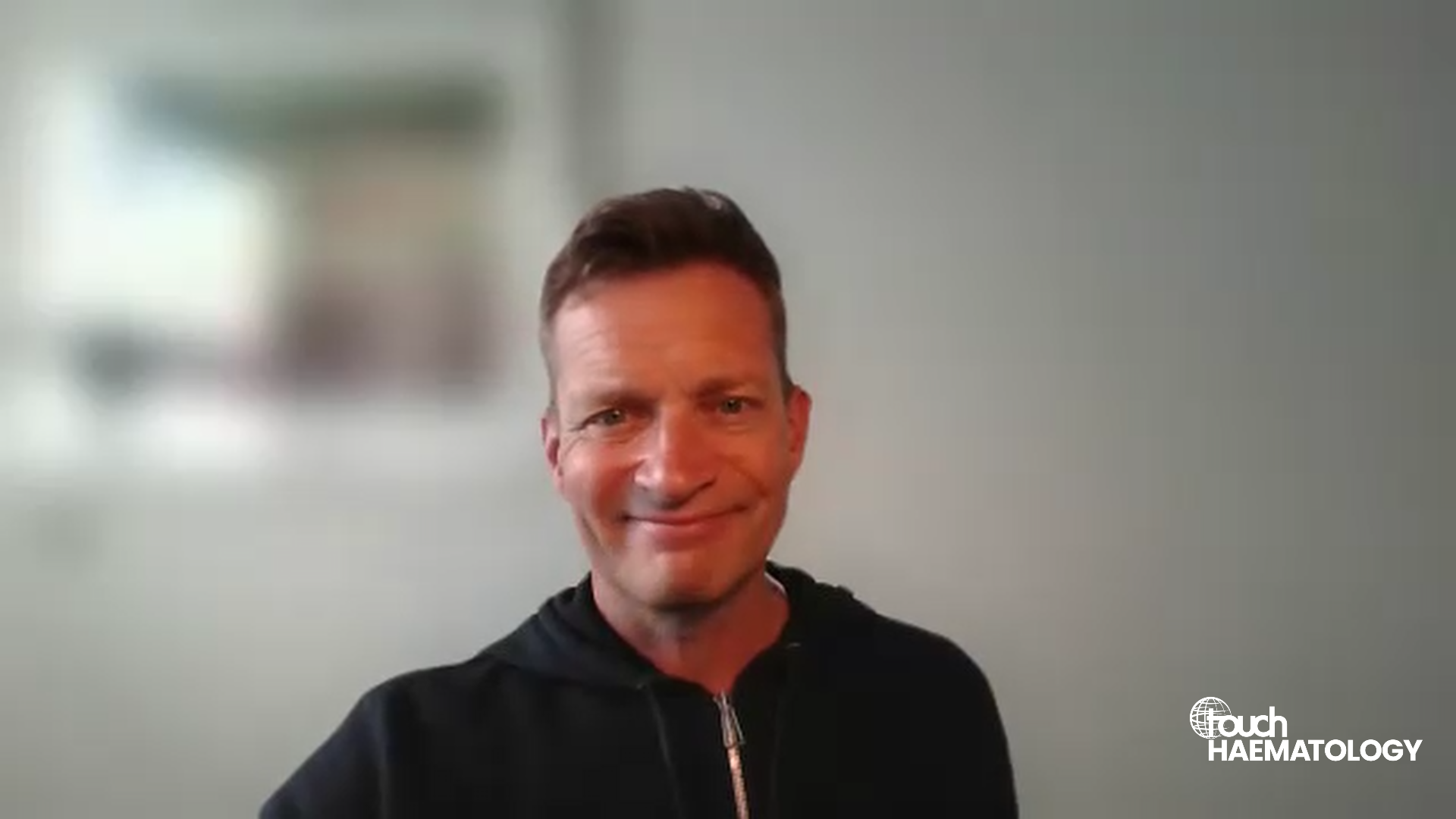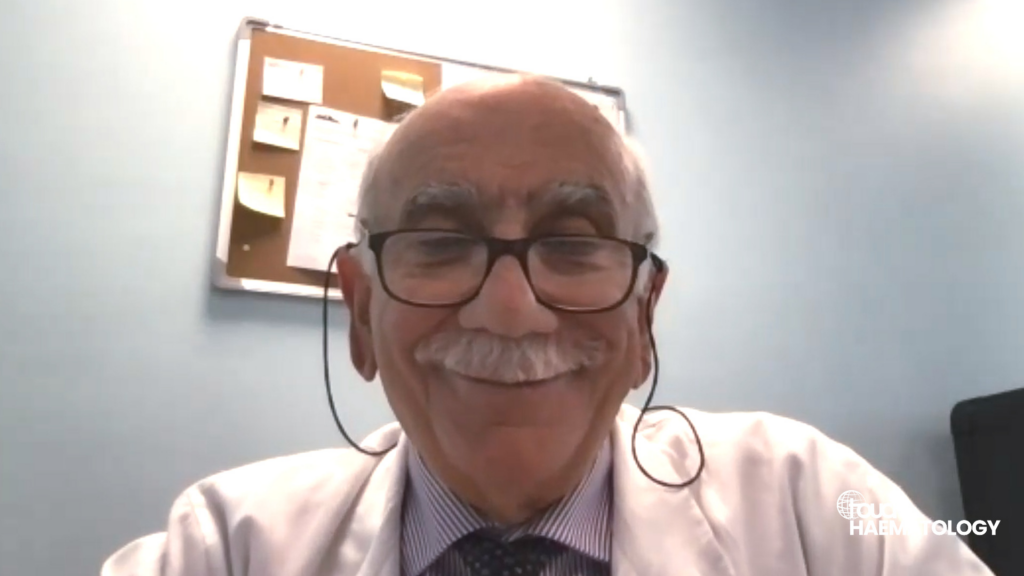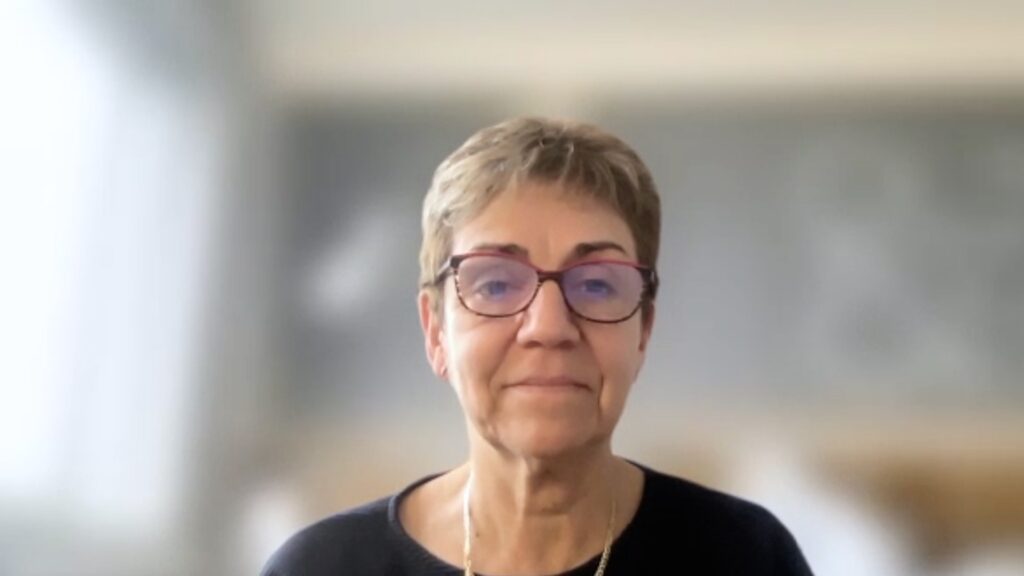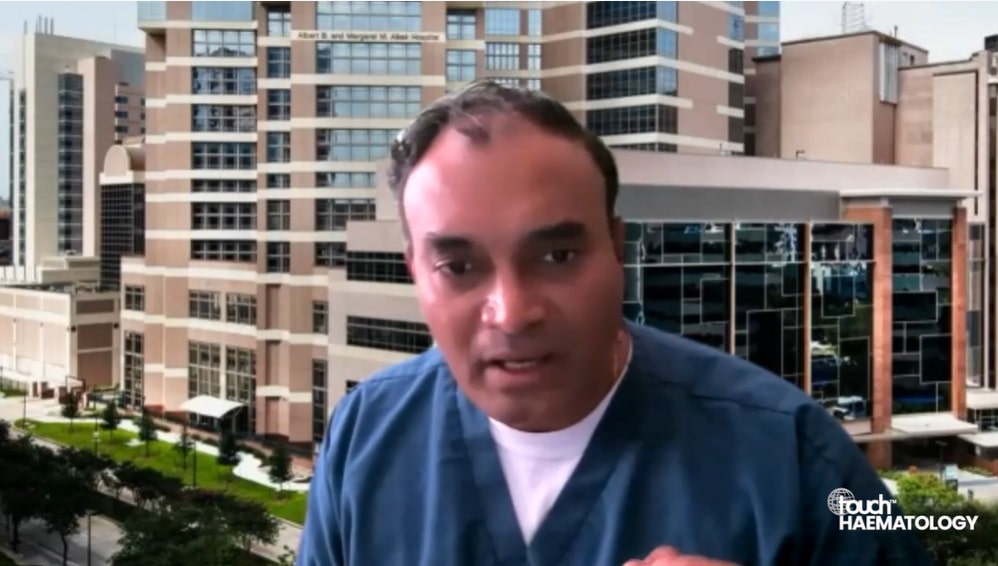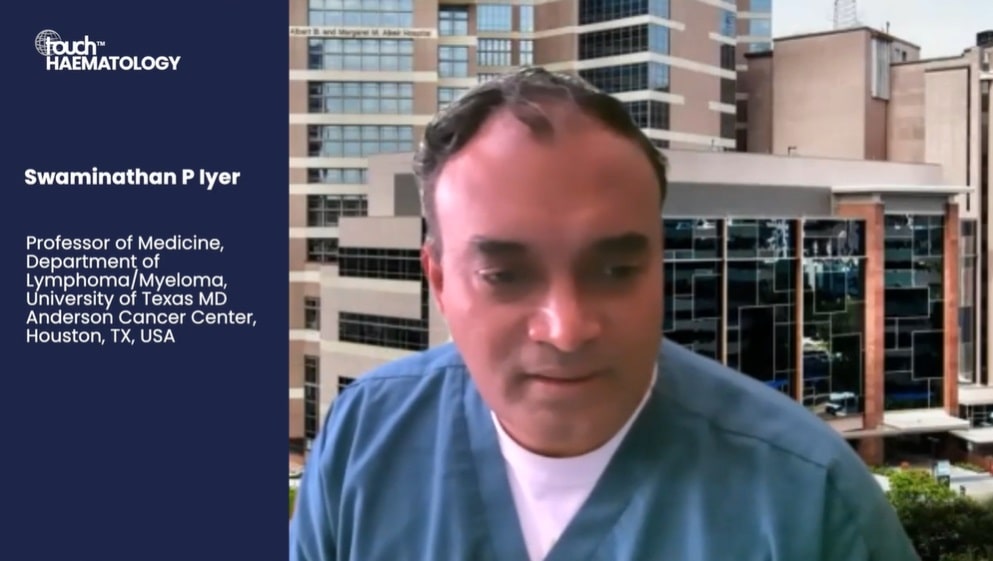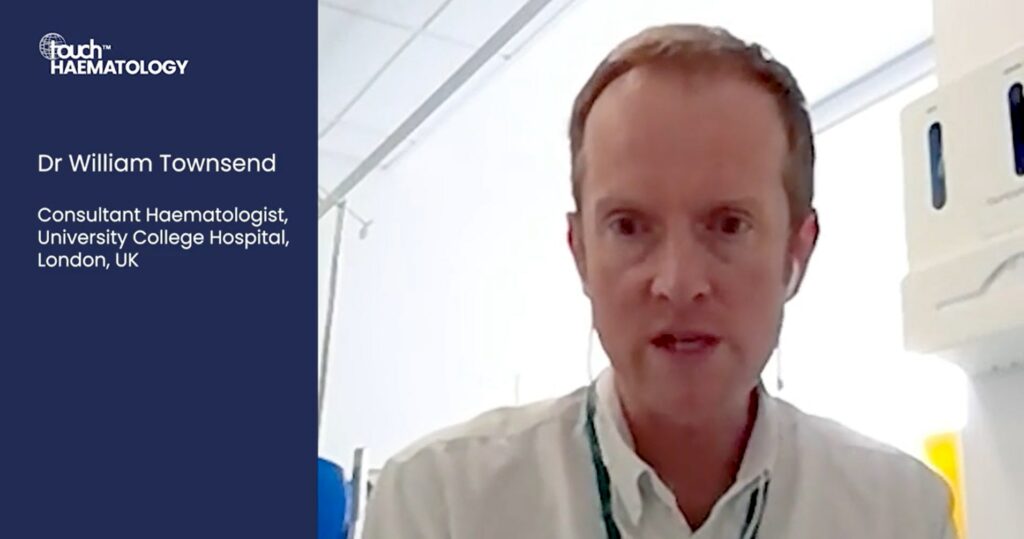Dr Stephen Ansell (Mayo Clinic, Rochester, MN, USA) discusses the challenges and unmet needs in the front-line treatment of Hodgkin lymphoma. Firstly, as a curable disease in around 75% of patients one challenge is finding a cure in more patients. Secondly, in the patients who are cured, can we minimise long-term complications such as fatigue, fertility or pregnancy issues and bone marrow damage.
Disclosures: Stephen Ansell has received grant/research support from ADC Therapeutics, Affimed, BMS, Pfizer, Regeneron, SeaGen and Takeda and is on the advisory board for Affimed.
Support: Interview and filming supported by Touch Medical Media. Interview conducted by Sophie Nickelson originally for touchONCOLOGY.com.
Transcript:
What are the challenges and unmet needs in the frontline treatment of Hodgkin lymphoma?
I’m Steve, and so I’m a professor of Medicine at Mayo clinic, and I’m chair of the hematology department. Well, Hodgkin lymphoma, as some people may know, is a cancer of lymphocytes. And in patients with this disease, they often are young patients, although they can still be a second peak in the elderly. And the reason that this can be a challenging disease is because clearly we would like to get the disease under control and have the patient go back to a normal, healthy life and get entirely back to normal, because this is a disease that we can potentially cure with current therapy. So that really brings the challenges. The challenge, number one, is, can we cure more people? In general, I think the thinking is probably around 75% of patients can be cured, but 25% of patients is the challenge to cure everybody. And the second challenges in the patients in whom we are able to cure the disease, have we created long term complications that remain a challenge for patients in the future? And those complications can be damage to the bone marrow, severe fatigue, pregnancy problems in the future. So we’re always looking for maximum benefit with fewer side effects.

